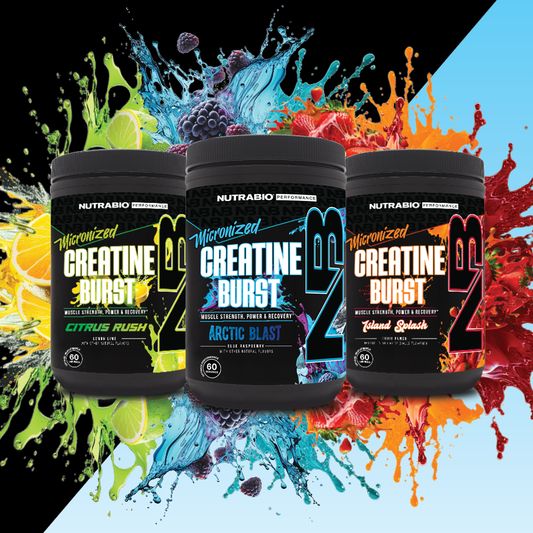What Is Hypothermia?

The ability of endurance athletes to maintain a constant core body temperature make them homeotherms. To maintain this constant core temperature, the rate of heat lose must match the rate of heat production. To accomplish this thermo-regulation, the body uses nervous and hormonal mechanisms which regulate metabolic rate and the amount of heat lost in response to body temperature changes.
Hypothermia is a large decrease in core temperature due to the body’s inability to match heat production to heat loss. Hypothermia can occur when an endurance athlete is exposed to cold conditions for an extended period of time. This extended cold exposure can lead to frostbite (when skin is exposed), loss of dexterity, and loss of judgment.
How Does The Body Of An Endurance Athlete Battle Hypothermia?

The body’s temperature center is located in the hypothalamus; thus is plays an important role in thermos-regulation. Ultimately the role of the hypothalamus is to maintain a “set point” of 37 degrees Celsius in the human body. This set-point is achieved by the hypothalamus receiving input from receptors in the skin and body core. When environmental changes are detected (hot, cold, humidity) these receptors transmit nerve impulses to the hypothalamus which initiates the appropriate response to maintain the body’s set point.
Furthermore, the hypothalamus can be divided into the anterior and posterior hypothalamus which differ in function in regard to temperature regulation. While the anterior hypothalamus responds to increases in core temperature by stimulating sweat glands, which increases the rate of evaporative heat loss; the posterior hypothalamus responds to decreases in core temperature by trying to minimize heat loss and increase heat production. This is accomplished through shivering and the release of norepinephrine in the attempt to increase heat production and also by vasoconstriction of blood vessels which decreases blood flow to the skin in an attempt to decrease heat loss.
What Causes Hypothermia

There are four factors related to hypothermia:
- The first factor to consider is the environment which includes temperature, vapor pressure, wind, and water immersion; all of which can increase the rate of heat loss.
- Insulating factors such as subcutaneous fat and clothing must also be considered; where more of each of these will result in less heat loss.
- The third factor related to hypothermia is heat production and the inverse relationship between VO2 and body fatness; where resting VO2 and core temperature are maintained in “fatter” men upon exposure to the cold and where there is an increase in VO2 and a decreased core temperature in thinner men.
- The last factor related to hypothermia is the descriptive characteristics of the individual such as gender and age, where women show a faster reduction in body temperature than men and older individuals and children are less tolerant to cold and experience faster decreases in body temperature.
How to adapt to the cold

The physiological changes that occur in endurance athletes in response to chronic cold exposure are as follows.
- First athletes who are cold acclimated begin shivering at a lower skin temperature when compared to acclimated individuals. This is accomplished by an increase in the release of norepinephrine which increases metabolic heat production.
- Secondly, cold-acclimated athletes are able to maintain higher hand and foot temperature after chronic cold exposure due to improved peripheral blood flow (and heat flow).
- The last physiological change that occurs due to chronic cold exposure is the improved ability to sleep in the cold due to an elevated level of non-shivering thermogenesis. All these adaptations begin in one week following chronic exposure to the cold.
Recommendations For Training In The Cold
In regard to recommendations for training in the cold and avoiding hypothermia, an endurance athlete should dress in layers and make adjustments during exercise to maintain core temperature. They should also stay dry by choosing wicking clothing that moves sweat away from the skin and allows for evaporation. Lastly, the endurance athletes should stay hydrated and allow warming periods as necessary; which could include ingesting warm drinks or adjusting the amount of clothing being worn.


